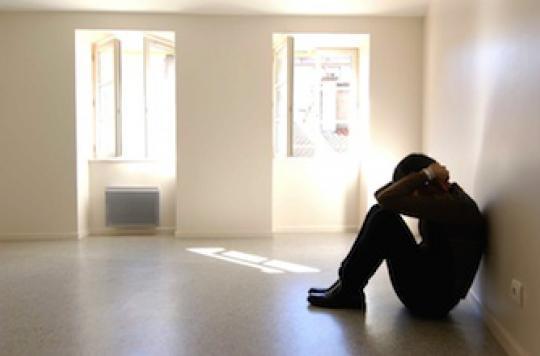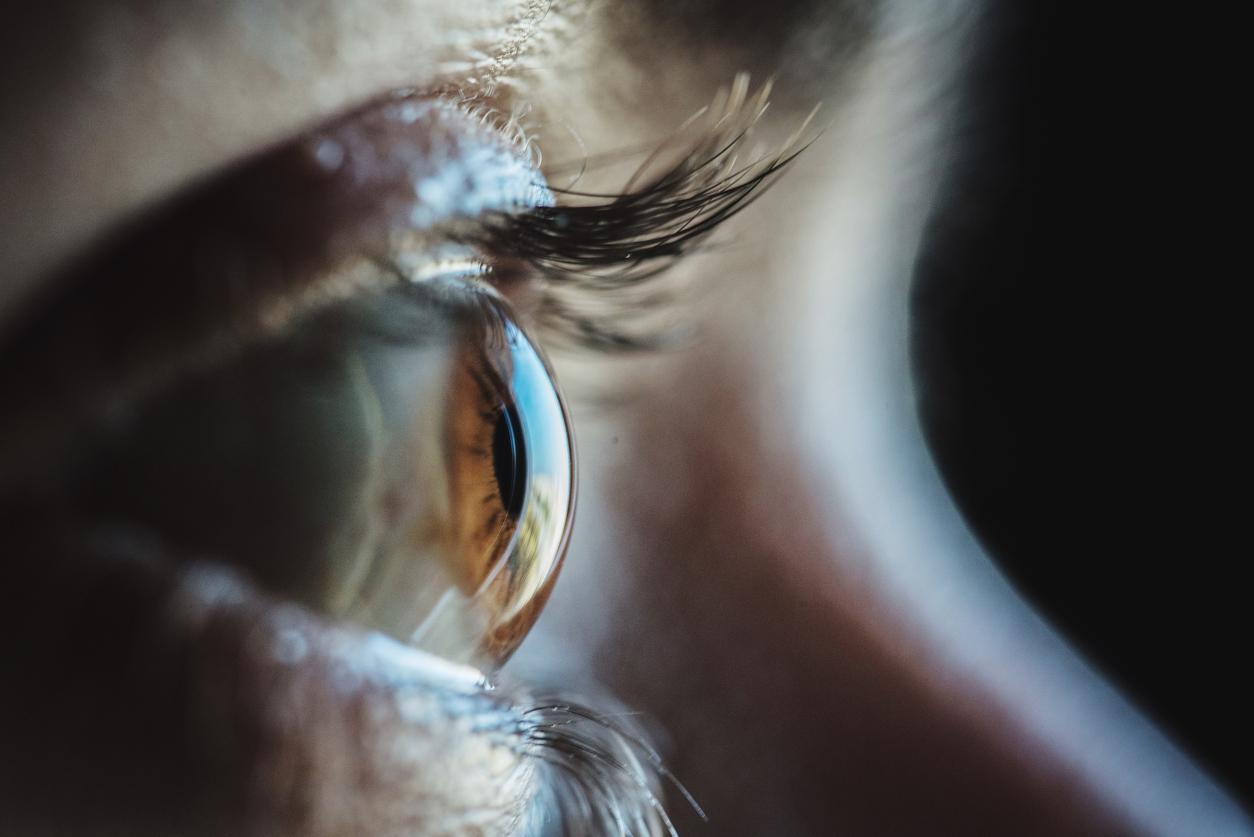Bipolar patients live 8 to 9 years less than the rest of the population. This inequality is due in part to the gaps in the management of co-morbidities.

A reduced life expectancy is the terrible reality for bipolar patients! In a cohort study conducted by teams from Stanford University (California), and relayed by JIM.fr, researchers examined the co-morbidities and mortality between January 1, 2003 and December 31, 2009 within this group. population characterized by alternating phases of depression and euphoria.
Associated comorbidities
In detail, scientists have found that bipolar subjects die an average of 8.5 years (men) to 9 years (women) earlier than the rest of the population. As a result, all-cause mortality is increased, or even almost doubled in this population.
The authors note an increase in mortality from cardiovascular disease, diabetes, obstructive pulmonary disease, pneumonia, influenza, accidents (involuntary), suicide, or cancer. For cancers, excess mortality only concerns women.
The team specifies that suicide contributes a lot to this inflation of mortality. It turns out, in fact, to be eight times more common in men and even ten times more common in women.

20 less life expectancy?
This finding might even be below reality. According to another study carried out in Northern Europe and published in the British Medical Journal in January 2013, the life expectancy of a schizophrenic or a bipolar person is reduced by 20 years, compared to the rest of the population. .
The causes of this discrepancy are clearly identified. In order, suicide, accidents, cardiovascular disease and cancer. Causes on which we should be able to act through prevention and screening. What the mental health care system has so far clearly been unable to do. This incorrect management of co-morbidities is also the explanation provided by the Stanford researchers.
5 times more victims of crime
Finally, according to a study conducted from Swedish registers including more than 7 million people, the mentally ill are much more often victims of homicides than the rest of the population.
Published in March 2013, this study revealed that the presence of a mental pathology is associated with a 4.9 increase in the risk of death by homicide.
.

















